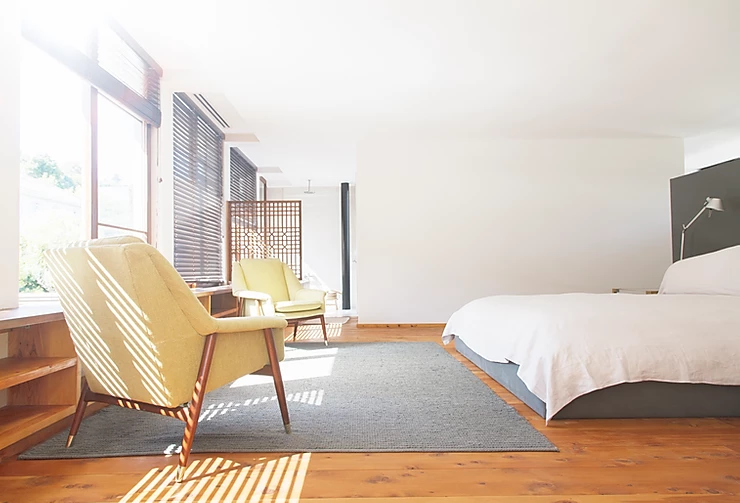Ever caught yourself wondering how much the average Australia household electricity bill is? We often see consumers asking this question online to their digital communities, so today we thought we’d provide some clarity on the subject!
It’s important to know that there are varying types of households across Australia, and each one has their own set of energy needs.
According to Red Energy (Australian award winning energy retailer), the main factors that affect typical energy consumption include:

Red Energy have also provided examples of typical households and their energy usage. See below for more details.
Household A
Household A is a standalone suburban home occupied by a family of two parents and two children. They only use electric energy for hot water (25% of energy usage), heating and cooling (38%), cooking (4%), lighting (7%), a dishwasher, clothes washer and dryer, three computers, two TVs and a swimming pool. They have no alternative energy source.
Household A consumes just over 15,000 kWh of electricity per year, or 41 kWh per day.
Bathrooms use a lot of electricity, especially when the hot water heater stays on 24/7. Add to that radiant heating, electric underfloor heating, heat lamps and heated towel rails, and your electricity bill can easily skyrocket.
Household B
Household B is a standalone suburban house, occupied by a couple in their mid-30s. They also use only electric energy. Household B’s energy usage includes electric hot water, temperature control, cooking, dishwasher, clothes dryer and a TV.
Household B consumes approximately 8,300 kWh of electricity per year, or 23 kWh per day. Household B has fewer occupants than Household A, which results in fewer appliances. They also have no pool with pumps that use electricity.
Household C
Household C is a city apartment that is home to a couple with a small child. They use gas for hot water, cooking and heating. They use electricity to run the dishwasher, clothes dryer, three computers, an LCD TV and air conditioning.
Household C consumes 5,000 kWh per year or approximately 13.7 kWh per day. The cost of gas for hot water, heating and cooking is added to their electricity costs to achieve a total energy bill.
Household D
Household D is a single retiree also in a city apartment. Like Household C, she also uses a mix of electricity to run her appliances and gas for hot water, heating and cooking. Her electric usage supplies her dishwasher, clothes dryer, air conditioning, computer and plasma TV.
Household D uses approximately 2,500 kWh per year or 7 kWh per day. The cost of gas for hot water, heating and cooking is added to their electricity costs to achieve a total energy bill.
Wondering why your electricity bill may be higher than usual?
From the examples above, you may now be wondering how much electricity costs per month. At Auscan we have prepared the following ways so that you can learn more about your household’s electric consumption:
- Look at your bill.
- There should be a breakdown of your units used, as well as the local cost per unit. Unit prices can differ by city or region.
- Some smart appliances offer energy monitors to help you track your energy use.
- Invest in an in-house energy consumption display.
- Read your electricity meter every month to see how your usage fluctuates according to seasonal consumption patterns.
- Consider your energy mix.
- Using solar power or gas for cooking and heating, should help to reduce your electricity bill. It is estimated that heating water makes up for approximately 25% of household energy usage.

Paying too much for your electricity? Consider these energy-efficient options.
- Switch to LED light bulbs
- Invest in a programmable thermostat (the best smart thermostats have been reviewed by PC Mag)
- Where possible, wash clothes in cold water rather than typical hot water settings (hot water can be a real power guzzler)
- If you’re serious about making long-term energy cost reductions, consider investing in solar panels
- Sell the second fridge if you’re not using it often
- Use the microwave rather than the oven to warm up small meals or snacks.
- Unplug appliances when they are not in use. Some appliances continue to draw energy even when switched off (stand-by power), which is estimated to draw on average 4% of a home’s energy use, but it can be as much as 10% of your total household electricity use.
- Consider choosing Energy Star rated energy-efficient appliances for the bathroom and kitchen.
- Check your appliance settings – ensure that your fridge isn’t running too cold or your TV isn’t too bright. You can also use ‘eco’ settings on dishwashers, washing machines and clothes dryers and air conditioners which can reduce high energy usage
A home energy audit can assist in finding a range of common energy problems in your home. An expert electrician can identify areas in your home that are the biggest energy drainers, helping you and your family to prioritise improvements for your home.
A professional energy audit can help save on electricity and energy in your home, while not only making your home more comfortable and helping to increase your property’s resale value. To find out more about how our Auscan Services electricians can help you with energy efficiency in the home, contact us today!


